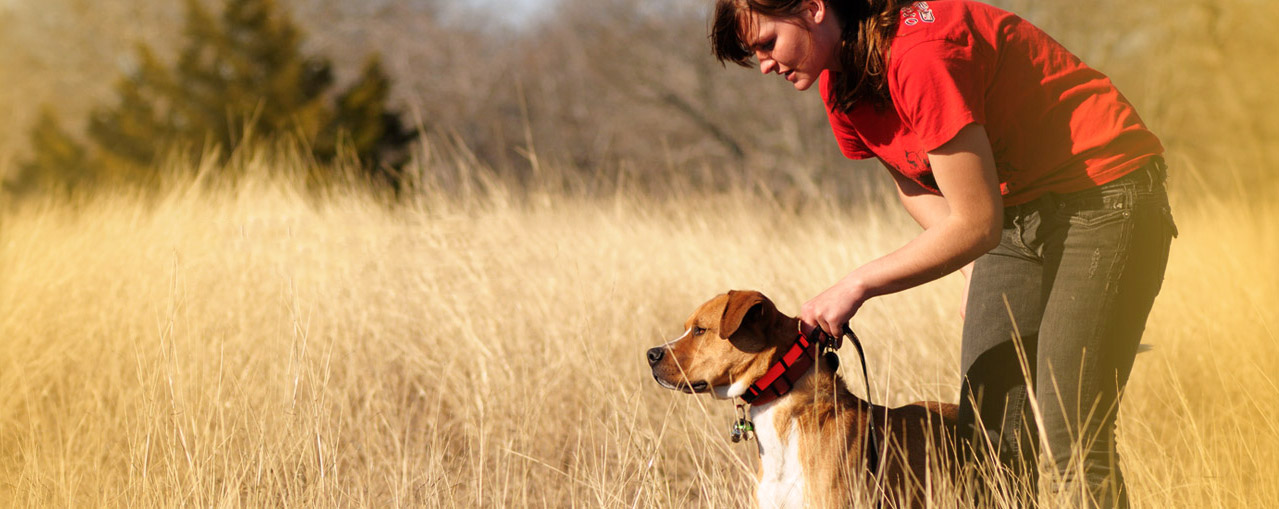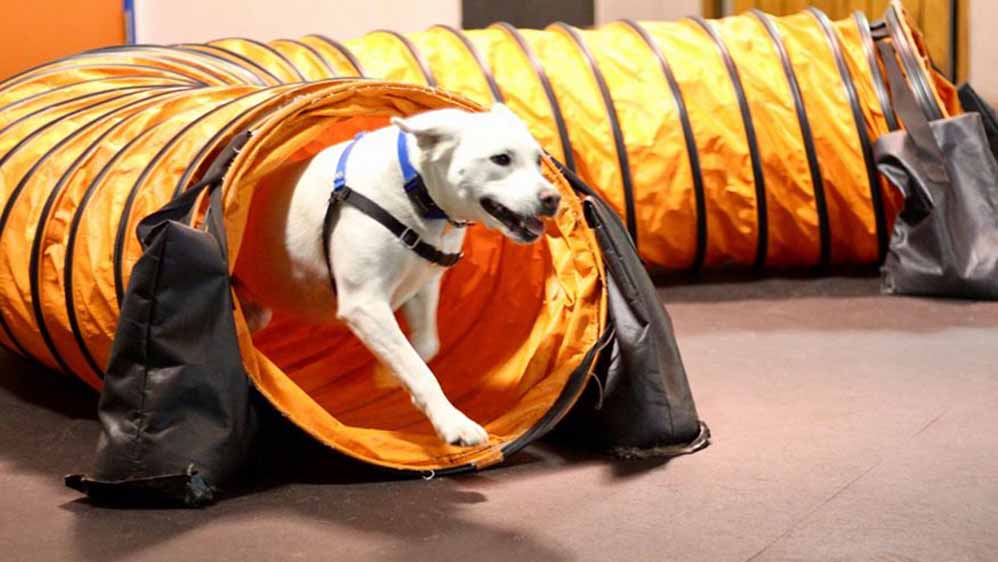Important Strategies for Reliable Dog Training You Required to Know
Important Strategies for Reliable Dog Training You Required to Know
Blog Article
Essential Tips for Effective Dog Training: A Guide for Pet Dog Owners
Reliable dog training is a diverse process that needs a strategic technique tailored to both the pet dog's personality and the proprietor's purposes. Understanding exactly how to browse these barriers can dramatically enhance the training experience, eventually changing the partnership between proprietor and canine.
Understanding Canine Habits
Recognizing canine habits is essential for effective training and cultivating an unified partnership in between pooches and their owners. dog training. Pets communicate mostly through body language, articulations, and activities, making it important for proprietors to translate these signals accurately.

Socializing plays a substantial role in dog actions; exposure to different atmospheres, individuals, and other pets can dramatically affect a canine's character. Furthermore, variables such as breed qualities and private temperament need to assist training techniques, as some breeds may have specific behavior qualities that necessitate tailored strategies. By comprehending these components, proprietors can create an encouraging environment that urges positive actions, resulting in successful training results and a deeper bond with their pet dogs.
Developing Constant Commands
Efficient interaction with your pet dog begins with developing constant commands. This fundamental aspect of training is crucial for promoting understanding between you and your pet dog. Uniformity in the commands you use guarantees that your dog can reliably associate details words or expressions with the wanted actions.
When choosing commands, choose clear, distinct words that are very easy to separate and claim from one an additional. Stay clear of using similar-sounding commands that may confuse your pet dog. Utilizing "sit" and "remain" is proper, but "rest" and "struck" could lead to misconceptions.
Furthermore, keep the very same tone and volume for every command. Pets are delicate to vocal cues, so differing your tone can develop confusion.
It is just as essential to make sure that all member of the family are on the exact same page concerning the commands utilized. A united front in command usage will avoid combined signals and reinforce the learning process.
Favorable Support Techniques
The power of favorable reinforcement in canine training lies in its ability to motivate desired actions with rewards and appreciation. This strategy is based in the principle that actions complied with by desirable outcomes are much more likely to be repeated. By integrating favorable reinforcement right into your training program, you can efficiently form your canine's behavior in a positive manner.
To implement favorable support, it's necessary to determine what encourages your pet, whether it be deals with, playthings, or spoken praise. When your dog executes a desired activity, such as remaining on command, promptly reward them with a treat or love. This association in between the command and the positive end result reinforces their understanding.
It's essential to timing the rewards appropriately; delivering the support within secs of the wanted actions helps your pet make the link (dog training). Additionally, consistency visit the website is crucial-- make sure that all member of the family utilize the very same commands and benefit systems to prevent complication

Gradually, you can minimize the frequency of deals with as your pet dog finds out the actions, transitioning to praise or periodic incentives. This technique not only cultivates a solid bond in between you and your dog yet also promotes a positive learning atmosphere, making training a pleasurable experience for both.
Socialization and Interaction
Continually revealing your canine to a range of environments, people, and various other pets is vital for their social growth. Socializing needs to start early, preferably during the vital home window of 3 to 14 weeks, when young puppies are most receptive to brand-new experiences. Older pet dogs can likewise benefit from ongoing socializing initiatives.
Introduce your dog to various setups, such as parks, pet-friendly shops, and urban locations. This exposure assists them adapt to different stimuli, lowering anxiety and concern reactions. Encourage positive communications with various other dogs and people, making sure that these experiences are safe and controlled to promote confidence.
Use organized playdates with courteous pets, as this can improve your pet's social skills and teach them suitable actions. Obedience classes and training sessions also offer superb opportunities for socializing, permitting your pet dog to engage with others in a monitored environment.
Screen your pet dog's body language during communications, as this will help you gauge their comfort level. Slowly enhance exposure to even more tough scenarios while guaranteeing that each experience is favorable. A well-socialized pet dog is most likely to exhibit well balanced habits, making them a joy to have in any type of setup.
Resolving Usual Training Challenges
Every canine proprietor will run into training challenges eventually, regardless of their pet dog's age or socialization level. Determining common issues such as stubbornness, distractions, and fearfulness Web Site can assist in developing reliable approaches for enhancement.

Disturbances during training sessions can derail emphasis. To combat this, begin training in a silent atmosphere with very little stimuli. Progressively introduce distractions as the pet dog becomes more proficient in commands. Short, constant training sessions are additionally efficient in keeping focus.
Fearfulness can hinder a pet dog's knowing process. Progressive desensitization to the resource of worry, coupled with favorable support, can help helpful site relieve anxiousness. Patience is critical; never force a dog right into a situation that triggers distress, as this might exacerbate the concern.
Inevitably, understanding and resolving these common difficulties with an organized technique will cultivate a much more productive training experience, reinforcing the bond in between dog and owner while advertising reliable understanding.
Verdict
In summary, successful pet training relies upon a comprehensive understanding of canine habits, the facility of consistent commands, and the application of favorable reinforcement techniques. Socializing plays a vital role in developing well-adjusted family pets, while resolving usual training difficulties requires perseverance and flexibility. By carrying out these important approaches, pet dog owners can cultivate a strong bond with their pets and promote preferable habits, inevitably resulting in an unified relationship between humans and their canine buddies.
Comprehending canine habits is essential for efficient training and fostering an unified connection in between pooches and their proprietors.Socialization plays a significant role in dog actions; direct exposure to numerous environments, individuals, and various other animals can substantially influence a pet dog's personality.The power of favorable reinforcement in dog training exists in its ability to urge preferred behaviors via incentives and praise. By incorporating favorable reinforcement right into your training routine, you can properly shape your pet's behavior in a positive way.
In recap, successful pet dog training counts on a comprehensive understanding of canine actions, the establishment of regular commands, and the application of favorable reinforcement strategies.
Report this page